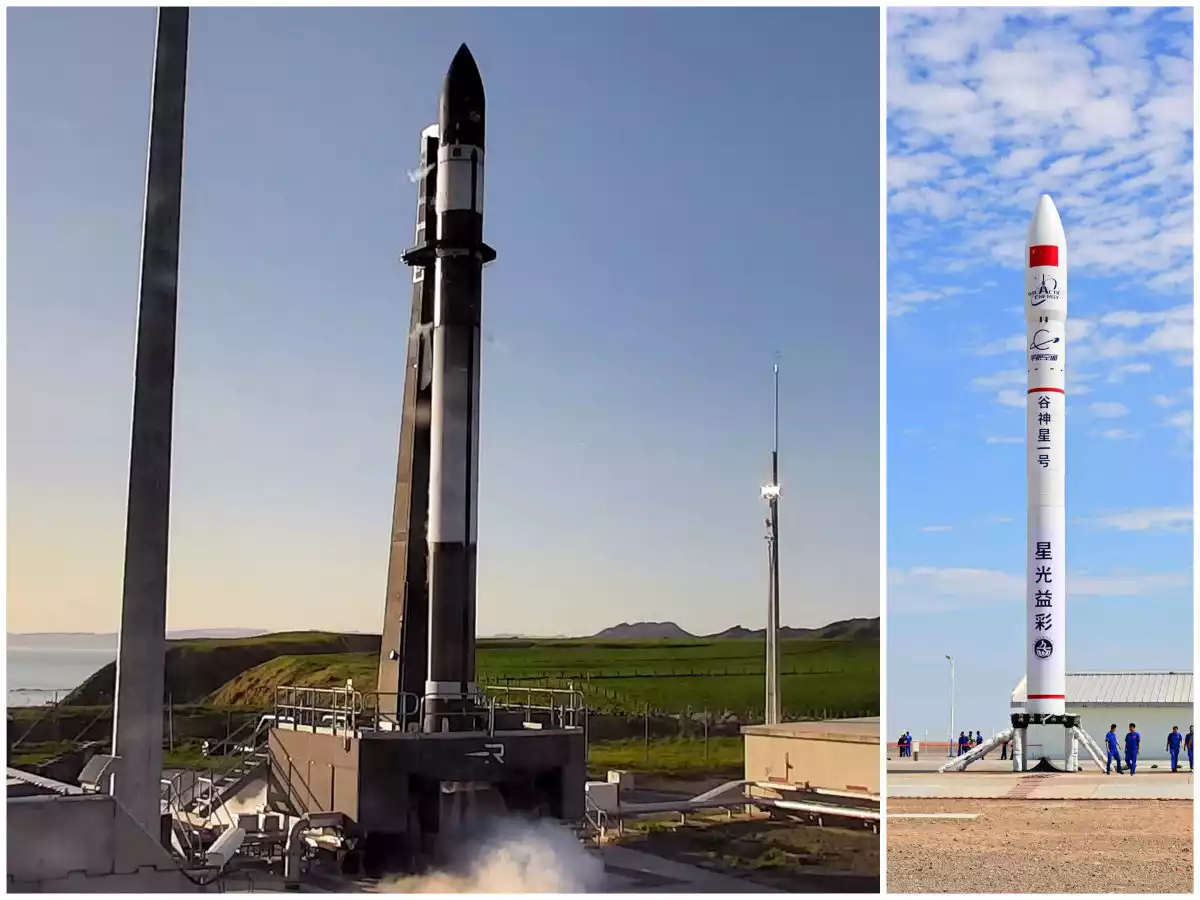The past week has been marked by the successive failures of the Electron microlancer (from American/New Zealand company Rocket Lab) and its counterpart Ceres 1 (from Chinese start-up Galactic Energy).
After 19 successes in a row
The " We Will Never Desert You " mission of the microlancer from the American-New Zealand company Rocket Lab, the eighth of the year, had started on September 19 at 06:55 UTC from the Mahia peninsula, in New Zealand.
It carried a second second-generation Earth observation satellite owned by California-based Capella Space, Acadia 2, which was to be placed in low-Earth orbit just as was Acadia 1, on August 23 last.
Las, the fortieth orbital launch attempt of Electron, which entered service in May 2017, ended in failure (the fourth in just over six years), following an anomaly in the launcher's second stage, which occurred shortly after ignition.
Electron's last failure dated back to its twentieth orbital flight attempt, in May 2021.
The first Chinese setback of 2023
The outcome of the " Autumn Sonata " mission of the Ceres 1 microlancer from China's Galactic Energy, launched on September 21 at 4:59 UTC from the Jiuquan base on the Mongolian border, was hardly happier.
The passenger was the commercial Earth observation satellite Jilin 1 Gaofen 04B from China's Changguang Satellite Technology (CGST).
This is the first flight failure for Ceres 1, which, since its inaugural flight in November 2020, had already successfully flown nine orbital missions, including one taking off from an offshore platform, last September 5 - Ceres 1 is slightly more powerful than its American-New Zealand counterpart, with a capacity of 350 kg in low-Earth orbit, compared with 300 for Electron.
It is also the first Chinese failure of the year, which to date boasts no fewer than 43 successes since January 8 .
At global level, apart from the attempted orbital mission of SpaceX's Starship on April 20, there have now been 8 failures (4 American, 2 North Korean, 1 Japanese and 1 Chinese)... for 154 launch attempts !
Découvrez cet article sur Air&Cosmos

